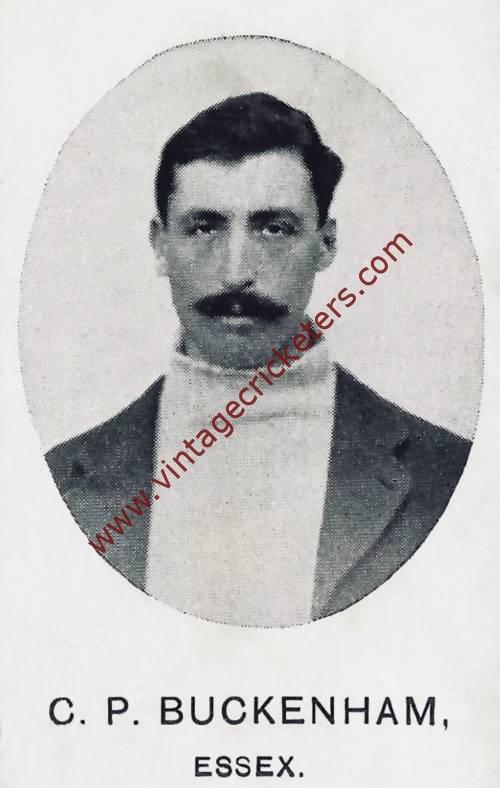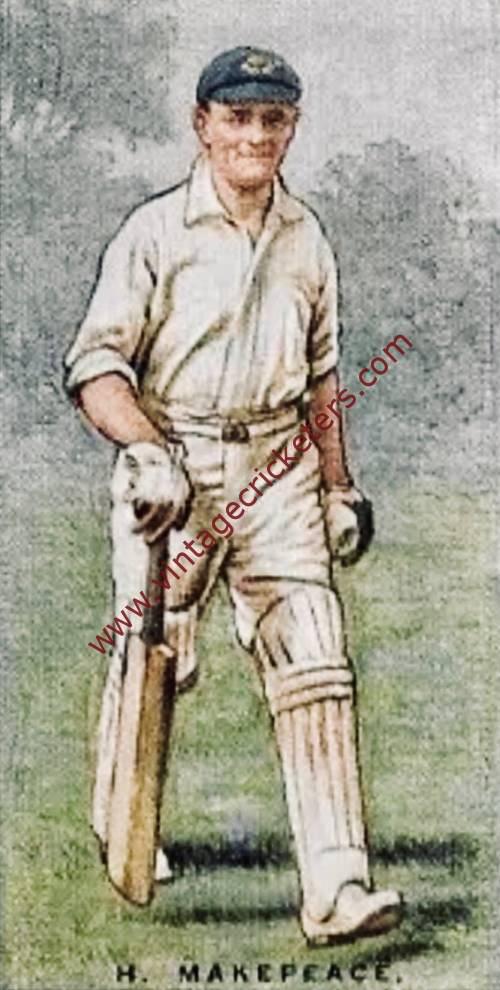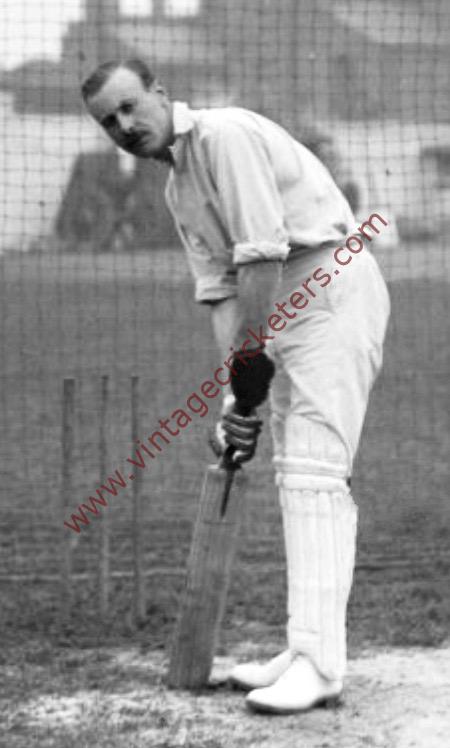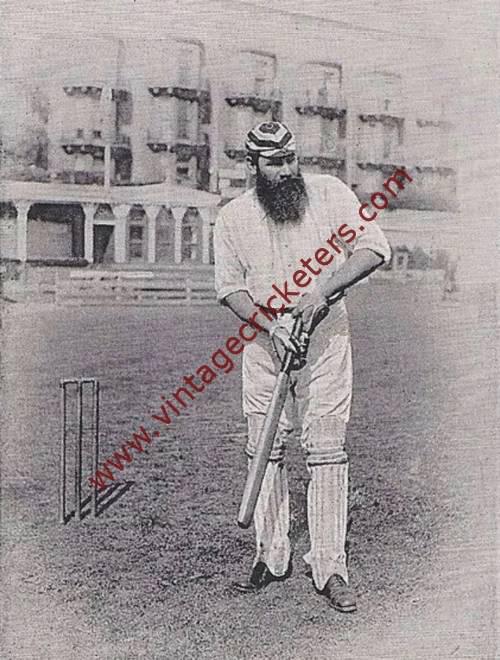Please choose your photo size from the drop down menu below.
If you wish your photo to be framed please select Yes.
Note: 16″x 20″not available in a frame.
Images can also be added to accessories. To order please follow these links
£8.95 – £49.95
Please choose your photo size from the drop down menu below.
If you wish your photo to be framed please select Yes.
Note: 16″x 20″not available in a frame.
Images can also be added to accessories. To order please follow these links
The maximum number of views of this element is reached.
Please contact the webmaster to enable unlimited views.
Fulham, London born right-handed batsman Tom Killick generally either opened the innings or went in at the fall of the first wicket. Educated at St Paul’s School, where he won his colours as a Rugby three-quarter and captained the Cricket XI. In 1925 his batting average was 104.44, and the following summer he led the Public Schools team against The Australians at Lord’s, making 31 on a difficult pitch. There was grace in his stroke-play and few batsmen executed the off-drive and square cut with such ease of movement.
He played a few matches for Middlesex as a 19 year-old in 1926. He then went up to Jesus College, Cambridge University, but was unimpressive in the freshmen’s trial match in 1927. However, he was picked for Middlesex against the University team and scored 94 and an unbeaten 42: he was then chosen for the next few University matches but, apart from an 80 that drew comment from Wisden Cricketers’ Almanack for slow scoring, he did little and failed to win a Blue.
The following season, 1928, he failed again in two early games for Cambridge and again turned to Middlesex, scoring 82 against Essex in his second match for the County. Given a further trial at Cambridge, he scored 100 against Surrey at The Oval and 161 against Sussex at Hove, finishing top of the University averages and winning a Blue. He made another hundred for Cambridge against M.C.C. at Lord’s and in the Varsity Match hit 74 and 20. In the 1928 season as a whole, he scored 1,231 runs, at an average of 38.
In 1929, Killick had his most successful season and his only taste of Test cricket. England’s selectors experimented with young players in the first two matches of the 1929 series against South Africa, and Killick was picked to partner Herbert Sutcliffe as an opener. In the first match, at Edgbaston in June, he scored 31 and 23 in a game that ended as a rather more even draw than England had expected. At Lord’s at the month end, he scored just 3 and 24 as the match was again drawn and he was dropped as England ended the experiment with youth and brought back Frank Woolley and Ted Bowley, a move that helped bring success in two of the remaining three Tests.
Killick scored 1,384 runs at an average of 44 runs per innings in 1929, but played only one first class match for The Gentlemen against The Players at Lord’s after the end of the Cambridge University season. The next year, 1930, he again played through the Cambridge season, making 903 runs at an average of 47, but then did not appear again. One of his finest innings was the 206 he scored for Middlesex against Warwickshire in 1931, his opening stand with G.T.S. Stevens producing 277 runs. Curiously, this was the only time he played for the County that season, and was his highest first class score.
Across the 1930’s, as he first studied for the Anglican priesthood and then worked for the Church, he played infrequent first class cricket, not appearing at all between 1934 and 1938. He reappeared in one match for Free Foresters in 1946, but that was his last first class game.
As an ordained Anglican priest, he was a chaplain at Harrow School and later a vicar near Letchworth. He served in West Africa as an Army chaplain in the Second World War and then became vicar of Bishop’s Stortford. He died from a heart attack, while playing in an inter-diocesan cricket match between clergy from the St Albans and Coventry dioceses at Northampton in May 1953, aged 46.
From a sporting family, his brother, G.S. Killick, represented Great Britain at rowing in the Olympic Games. Another brother was a rugby wing three-quarter, and Stanley, the youngest, also played rugby and cricket to a high level.
Vintage Cricketers was founded in July 2019. There may be more photographs of this cricketer in the Vintage Cricketers library, which are due to be loaded in due course. In the meantime, please send a message to us using the contact form at the bottom left of this page and we can arrange to prepare and publish all images of this cricketer if you have a particular interest in him.
| Weight | N/A |
|---|



